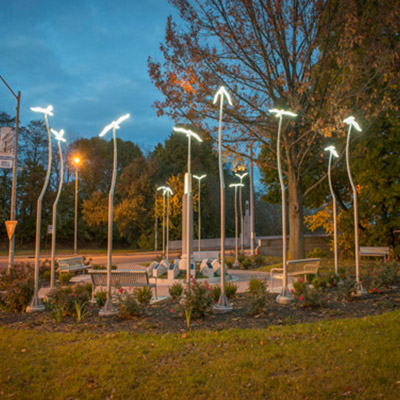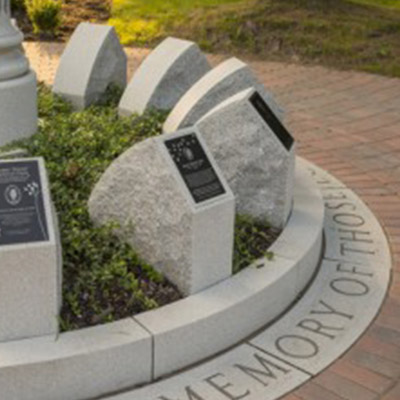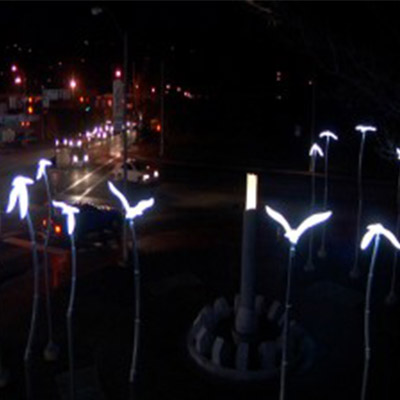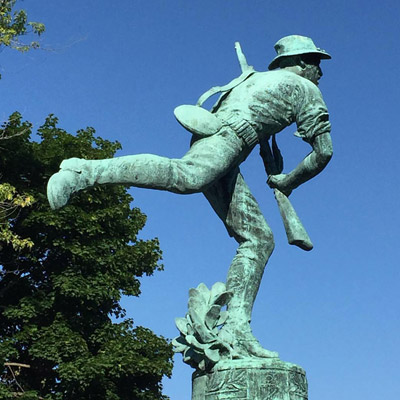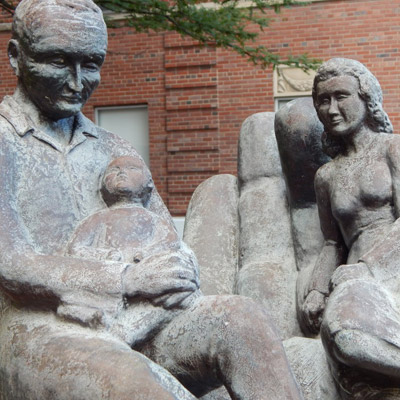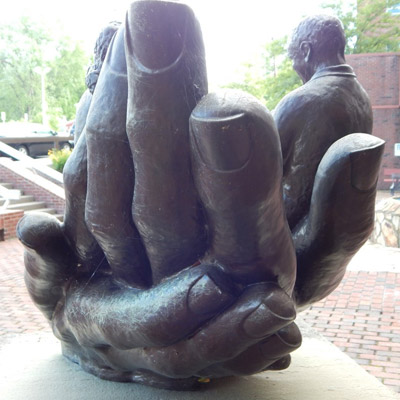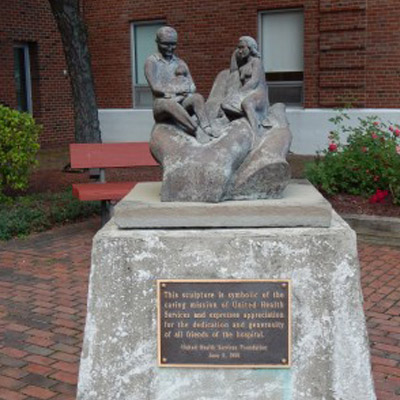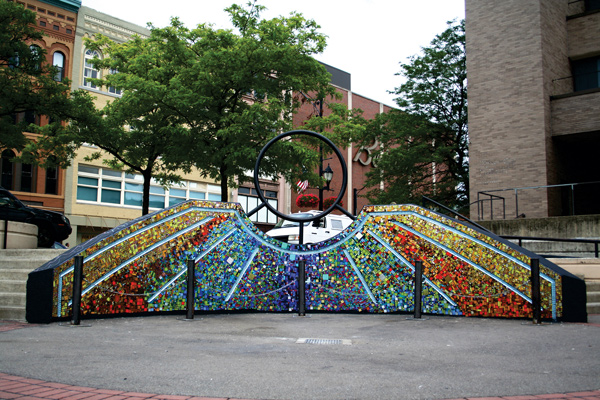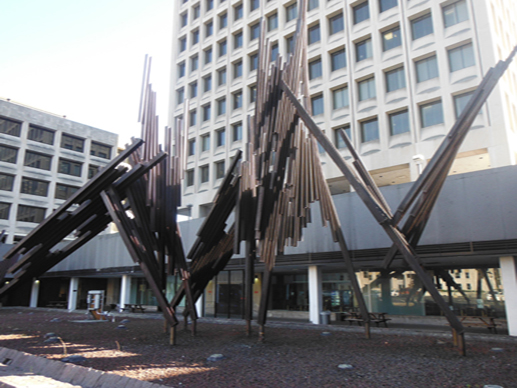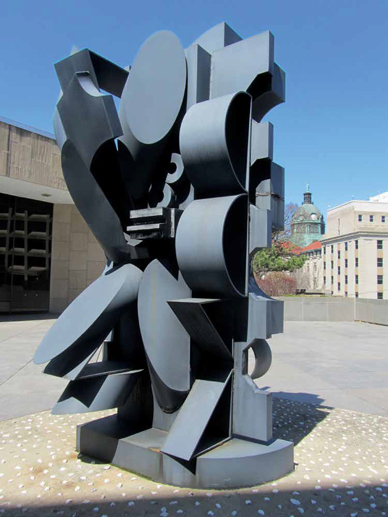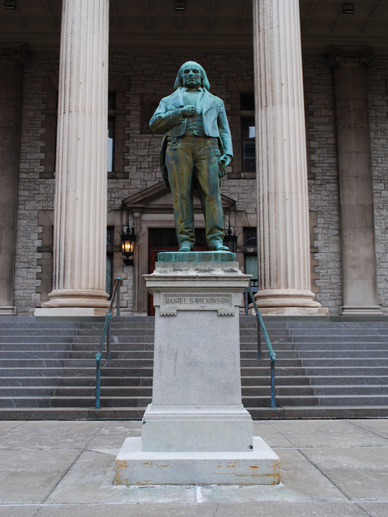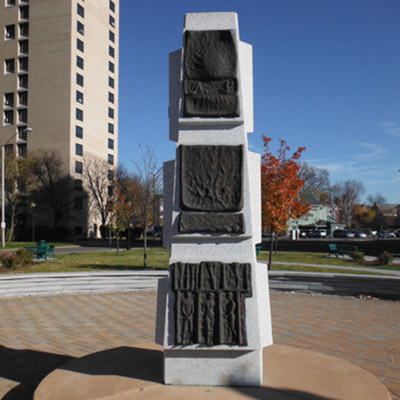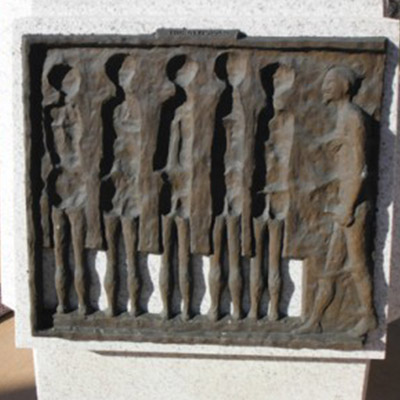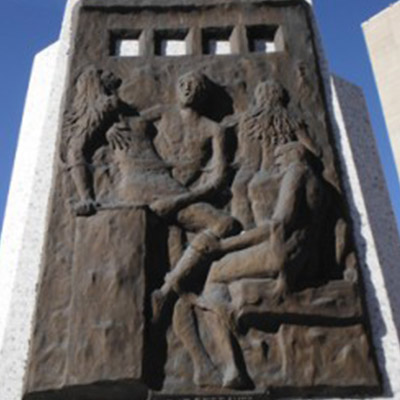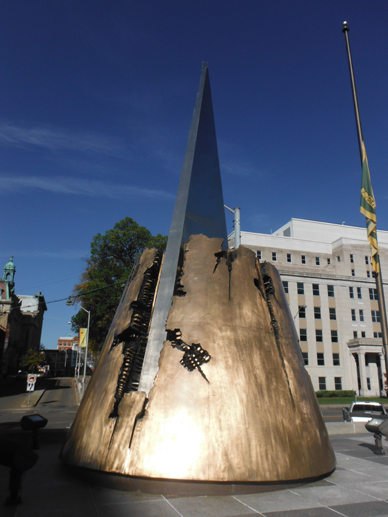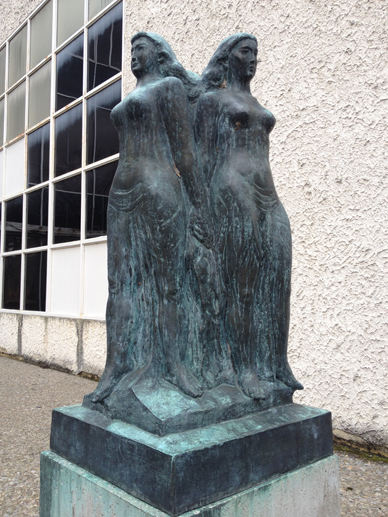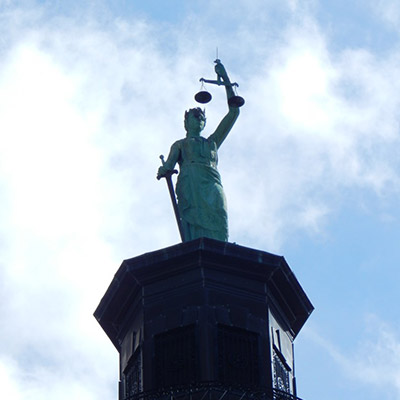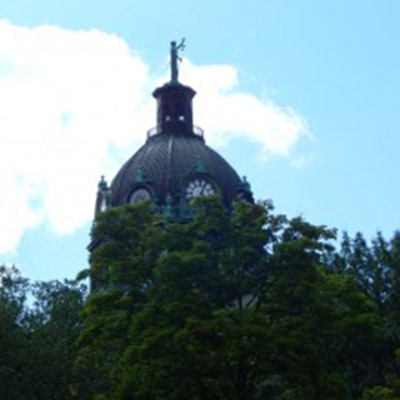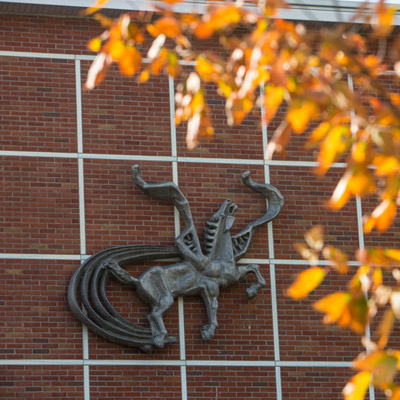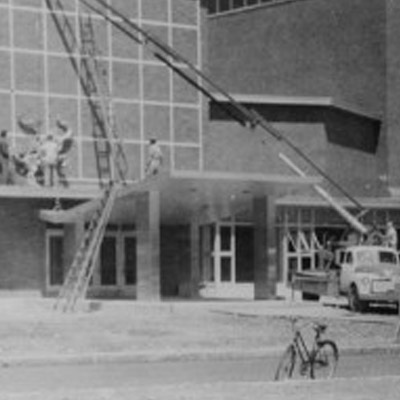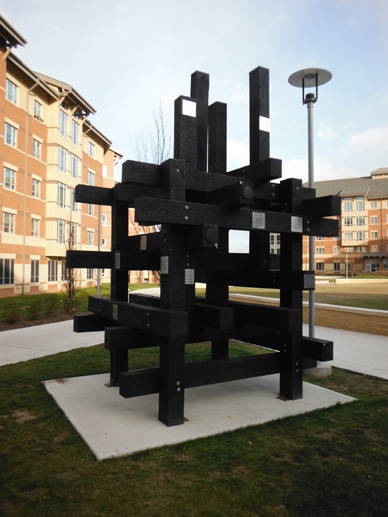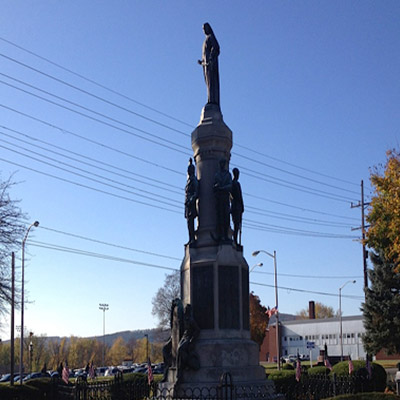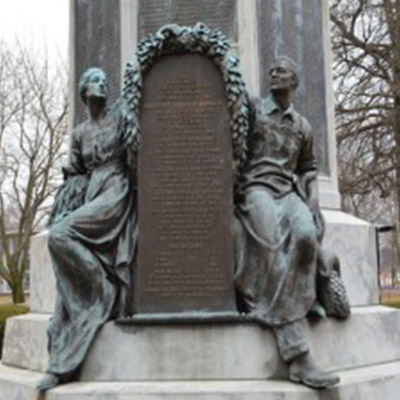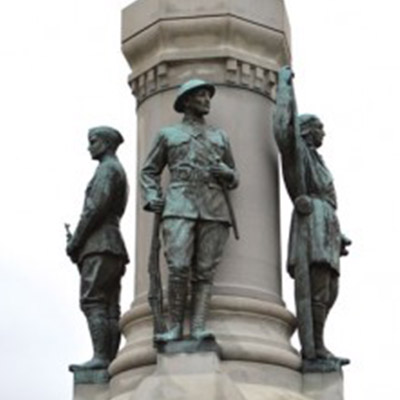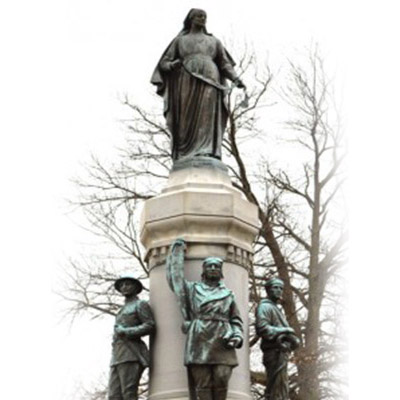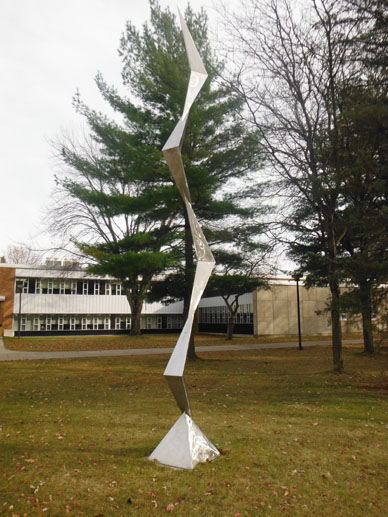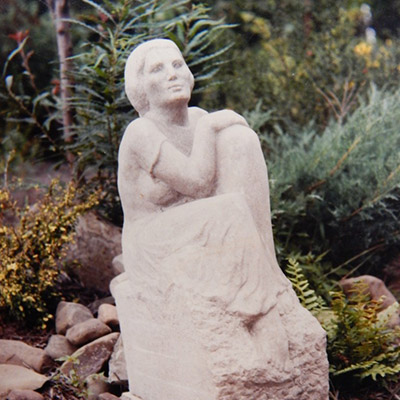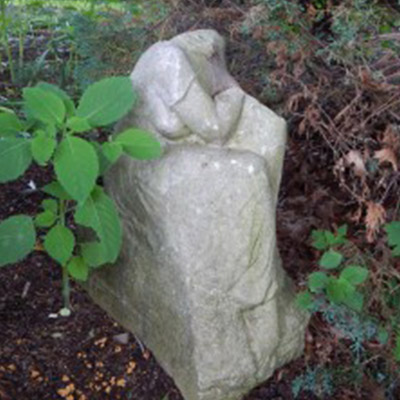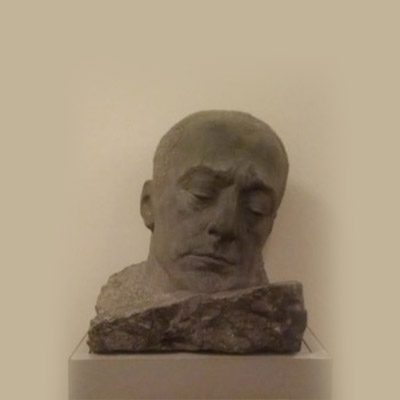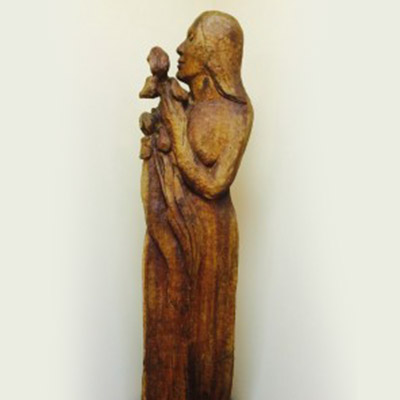Reviewed by David L. Schriber
A full church Sunday (March 27) witnessed the dedication of the Main Street (Binghamton) Baptist Church’s Russell organ, a rebuilt, renovated and upgraded instrument embracing parts of three previous generations of pipe organs. Binghamton native Andrew Kotylo, currently Associate Director of Music at Trinity Church on the Green in New Haven, Conn., showed off the expanded organ’s capabilities. The concert celebrated the culmination of an eight-year project, inspired by Andrew’s father, Joseph Kotylo, who has been Main Street Baptist’s organist for 35 years.
In May 2008, Stephen Russell and Co. of Cambridgeport, Vt., moved the existing organ to its shops for repair, renovation and revoicing. Some pipes from the original 1908 Estey (two manuals, pedal and 12 ranks) organ, rebuilt by Schlicker in 1948, and the 1963 Leonard Carlson (19 ranks) organ were retained. Thirteen ranks were added, including pipes from old Skinner and Möller instruments and five new ranks, plus electronic 16- and 32-foot pedal stops. The new console features three manuals from a 1929 Estey; modern solid?state electronics, including a transposer, and 250 levels of memory, all housed in a black walnut case from a private residence. The new complement of 1,925 pipes even includes a Zimbelstern!
Andrew Kotylo used the first half of the concert to demonstrate the new instrument’s dynamic range and versatility of voicing. He opened with A. Herbert Brewer’s “Marche Héroique,” featuring a theater-organ-sounding tuba and full-bodied pedal. Addressing the audience, Kotylo said one mark of a great church organ is not only the ability to “raise the roof” or to accompany delicate moments of prayer, but to transition smoothly between those extremes. He illustrated his point with Frank Bridge’s “Adagio in E Major,” building gradually from pianissimo to fortissimo and returning again.
Kotylo playfully offered pieces he acknowledged would probably never be played in church: the 1921 ragtime “Kitten on the Keys” by Edward Confrey and the contemporary “Blues Chorale,” a jazzy piece by Hans?Martin Keifer. The audience got a chance to sound their pipes as well, singing four verses of the hymn “O Zion, Haste,” this to prepare us to discern the melody hidden in William Bolcom’s atonal “Free Fantasia” on that hymn tune.
Maryanne Kotylo joined her brother in a piano-organ duet, Leo Sowerby’s “Dialog for Organ and Piano, H. 469.” Andrew then concluded the first half of the concert with Albert Travis’ “Toccata on ‘Rejoice, Ye Pure in Heart.’” A “hands-free” section of this piece had Kotylo gripping each end of the keyboard firmly as his feet played the theme, then flew in waves over the pedals as his hands resumed playing.
Following intermission, Kotylo proved the Russell organ a worthy concert instrument, and himself an impressive classical organist, with pieces by J.S. Bach, Louis Vierne and Alexandre Guilmant.
Pipe organ purists might snub a “hybrid” instrument, but it seems to me this 53d product of the Russell Company is akin to the careful restoration of an historic home, upgrading it with modern conveniences while preserving the tradition of its style. Kotylo proved the Russell organ to be a well?integrated instrument appropriate both for church and concert. The only distraction was an annoying creaking and squeaking, clearly audible in the soft passages, coming, I think, from the door hinges of the windchest of the swell.
Church organist Joseph Kotylo was just a bit choked with emotion as he noted this was the fourth dedicatory concert of this organ and that we should be grateful to the communion of saints, a sentiment echoed by Pastor Timothy Bennett in his prayer of dedication, for the gift of music that previous generations have left for us. Main Street Baptist Church has succeeded in its drive to “Be a Donor – Save an Organ,” and we hope Binghamton will be able to enjoy for decades to come the enhancement of this historic organ.


